Oasis of the Seas cruises into New York Harbor at dawn
For you ship geeks out there…
The gross tonnage (GT) of Oasis of the Seas at launch was 225,282, but it was expanded to 226,838 GT when additional cabins were added to Deck 14 in 2019. Her displacement—the actual mass of the vessel—is estimated at 100,000 metric tons (110,000 short tons), slightly less than that of an American Nimitz-class aircraft carrier.
To keep the ship stable without increasing the draft excessively, the designers created a wide hull; 9.3 metres (31 ft) of the ship sits beneath the water, a small percentage of the ship's overall height. Wide, shallow ships such as this tend to be "snappy", meaning that they can snap back upright after a wave has passed, which can be uncomfortable. This effect, however, is mitigated by the vessel's large size. The cruise ship's officers were pleased with the ship's stability and performance during the transatlantic crossing, when the vessel, in order to allow finishing work to go on, slowed and changed course in the face of winds "almost up to hurricane force" and seas in excess of 12 metres (39 ft).
One of the ship's lifeboats
The ship's power comes from six medium-speed, marine-diesel generating sets: three 16-cylinder Wärtsilä 16V46D common rail engines producing 18,860 kilowatts (25,290 hp) each and three similar 12-cylinder Wärtsilä 12V46D engines producing 13,860 kilowatts (18,590 hp) each. The fuel consumption of the main engines at full power is 1,377 US gallons (5,210 L; 1,147 imp gal) of fuel oil per engine per hour for the 16-cylinder engines and 1,033 US gallons (3,910 L; 860 imp gal) per engine per hour for the 12-cylinder engines. The total output of these prime movers, some 97,020 kilowatts (130,110 hp), is converted to electricity, used in hotel power for operation of the lights, elevators, electronics, galleys, water treatment plant, and all of the other systems used on the operation of the vessel, as well as propulsion. Propulsion is provided by three 20,000-kilowatt (26,800 hp) Azipods, ABB's brand of electric azimuth thrusters. These pods, suspended under the stern, contain electric motors driving 20-foot (6 m) propellers. Because they are rotatable, no rudders are needed to steer the ship. Docking is assisted by four 5,500-kilowatt (7,380 hp) transverse bow thrusters.
Additional power comes from solar panels fitted by BAM Energy Group, which provide energy for lighting in the promenade and central park areas. The installation cost US$750,000 and covers 1,950 square metres (21,000 sq ft) on deck 19.
The ship carries 18 lifeboats that hold 370 people each, for a total of 6,660 people. Inflatable life rafts provide for additional passengers and crew.
#drones #djimavic3pro #drone #dji #djidrone #djipilot #djidrones #dronestagram #dronepilot #dronelife #dronevideo #dronevideos #dronevideography #dronephotography #droneoftheday #djiglobal #mavic #aerialphotography #djimavic #travel #droneshots #cruise #cruising #cruiselife #aerial #djimavicpro #mavicpro #quadcopter #cruiseship #royalcaribbean
-
 0:13
0:13
Skillful Amateur
1 year agoWonder of the Seas Departing Port Canaveral! (World's Largest Cruise Ship)
-
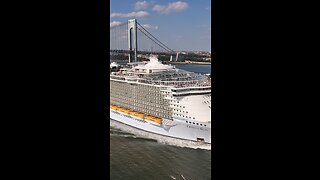 0:58
0:58
Biking and Droning
8 months agoOasis of the Seas cruises out of New York Harbor
5 -
 1:00
1:00
Skillful Amateur
1 year agoOcean View Balcony Stateroom - Wonder of The Seas (World's Biggest Cruise Ship)
7 -
 4:00
4:00
Skillful Amateur
1 year agoWonder of the Seas - Ocean View Balcony Stateroom! (World's Biggest Cruise Ship)
3 -
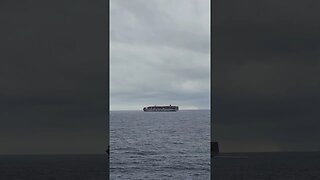 0:55
0:55
Skillful Amateur
1 year agoCosco Container Ship From Wonder of The Seas
1 -
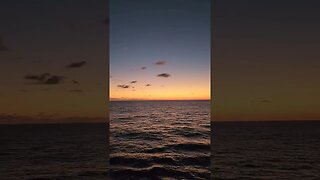 0:15
0:15
Skillful Amateur
1 year agoSunset From Wonder of The Seas!
1 -
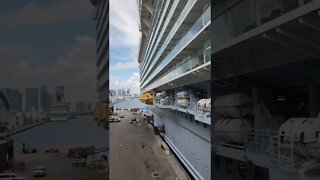 0:07
0:07
Skillful Amateur
1 year agoBoarding Symphony of the Seas!
2 -
 0:13
0:13
Skillful Amateur
1 year agoBoardwalk on Symphony of the Seas
3 -
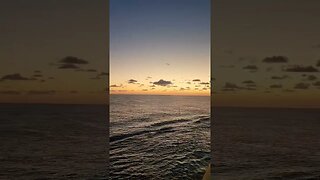 0:15
0:15
Skillful Amateur
1 year agoSunrise From Wonder of The Seas!
-
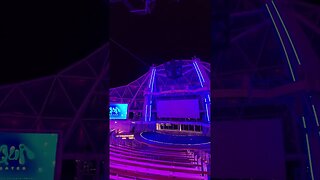 0:13
0:13
Skillful Amateur
1 year agoAqua Theater - Wonder of The Seas!
2